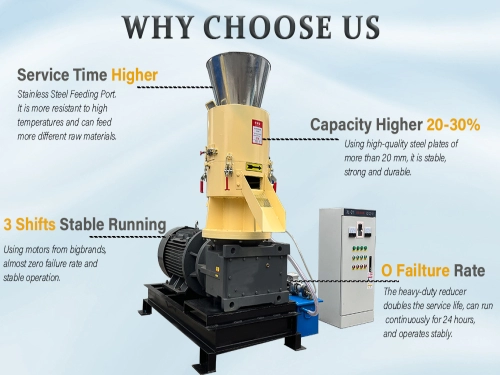What are the environmental implications of operating a pyrolysis furnace?
Environmental Impact Analysis of Industrial Pyrolysis Furnace Technology

The pyrolysis furnace, as an advanced waste-to-energy processing technology, has various environmental implications during its operation. Here's a detailed analysis of these impacts:
1. Air Quality Impact
The industrial pyrolysis furnace operates under high-temperature, oxygen-limited conditions to process waste materials. Compared to traditional incineration methods, pyrolysis ovens significantly reduce the emission of harmful gases like dioxins. However, the pyrolysis process still generates certain exhaust gases, including combustible gases (such as carbon monoxide, hydrogen, and methane) and non-combustible gases (like carbon dioxide and water vapor). Without proper treatment, these emissions could affect local air quality. Therefore, before installation, strict exhaust treatment system designs must be implemented to ensure emissions comply with national and local environmental standards.
Hengjiu Machinery's pyrolysis furnace equipment features advanced dust reduction systems, utilizing water spray and activated carbon absorption for gas purification. This system enables high-temperature gas recycling and effectively reduces emissions to meet national environmental standards.
2. Water Resource Impact
During waste processing, pyrolysis furnaces generate leachate and wastewater. These may contain heavy metals and organic pollutants that could contaminate natural water bodies if discharged untreated. Installation must include comprehensive wastewater treatment systems to ensure compliant discharge. Regular monitoring of surrounding water bodies is essential to identify and address potential pollution risks.
3. Soil and Ecological Impact
The installation and operation of industrial pyrolysis furnace systems can affect surrounding soil and ecosystems. Equipment vibrations may cause minor soil disturbances, while potential leaks or poor management could lead to soil contamination. Thorough environmental assessments are necessary before installation to prevent irreversible soil damage. The pyrolysis oven must be properly maintained to prevent pollutant leakage and dispersal.
Hengjiu Machinery's waste recovery decomposition equipment effectively recovers pyrolysis byproducts, minimizing environmental impact from decomposition materials.
4. Community Impact
The operation of pyrolysis furnaces may affect nearby residents. Equipment noise and odors could disturb daily life, while misconceptions about the technology might cause social concerns. Prior to installation, it's crucial to gather community feedback, conduct educational outreach, and address residents' concerns. Sound insulation and other mitigation measures should be implemented to minimize community impact.
Conclusion
The environmental impact of pyrolysis furnace technology is multifaceted, requiring comprehensive measures during installation and operation to minimize negative effects. These include strict exhaust treatment, wastewater management, environmental assessment, and community consultation. Through proper implementation, industrial pyrolysis furnaces can serve society efficiently and safely while maintaining environmental sustainability.
For more information about Hengjiu Machinery's advanced pyrolysis solutions, contact us to discuss your specific requirements and receive a customized quote for our industrial pyrolysis furnace systems.
Copyright: Copyright belongs to Hengju Machinery! Reprint please indicate the source: https://www.hengjumachinery.com/industry-news/what-are-the-environmental-implications-of-operating-a-pyrolysis-furnace.html










